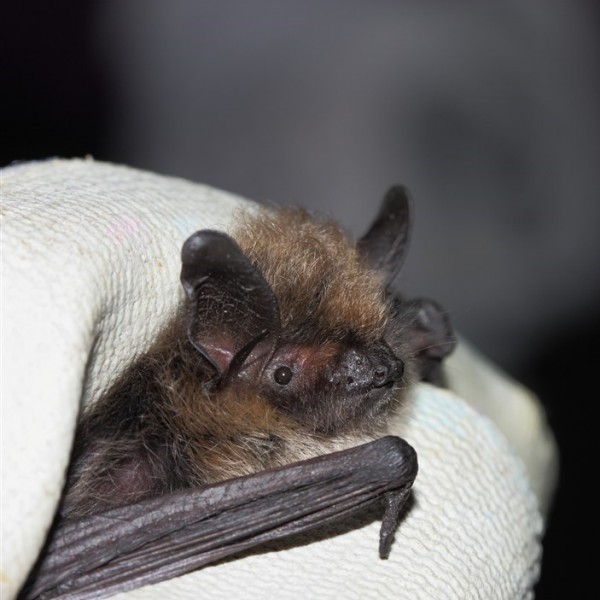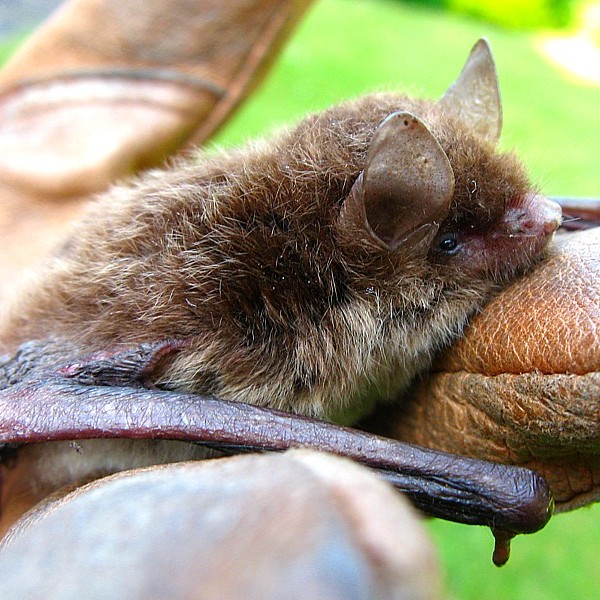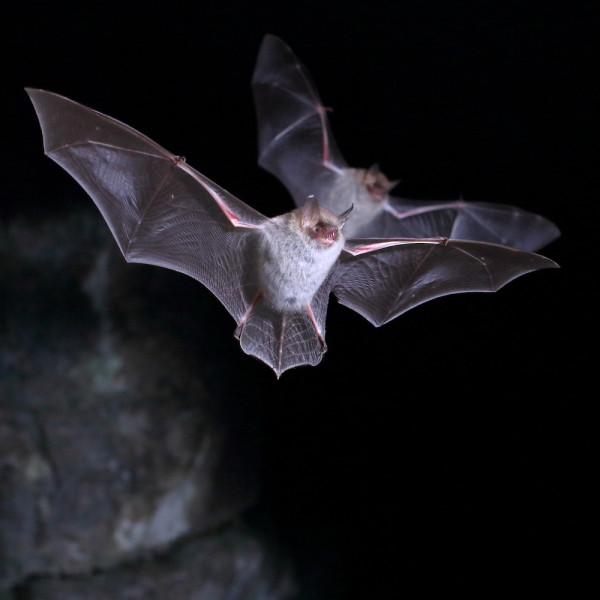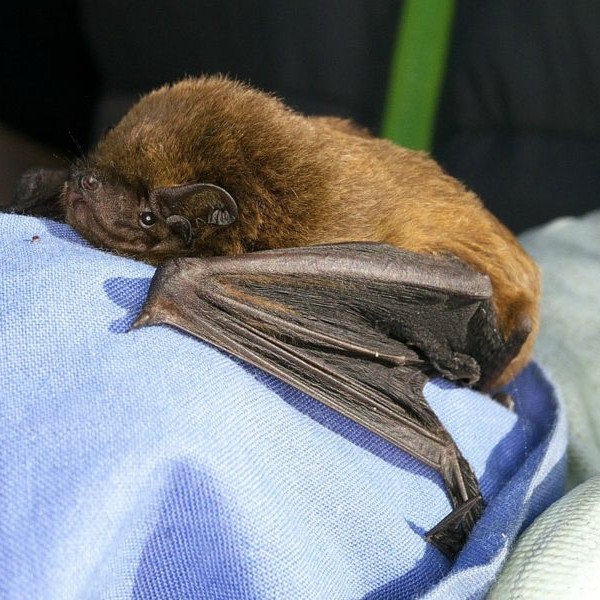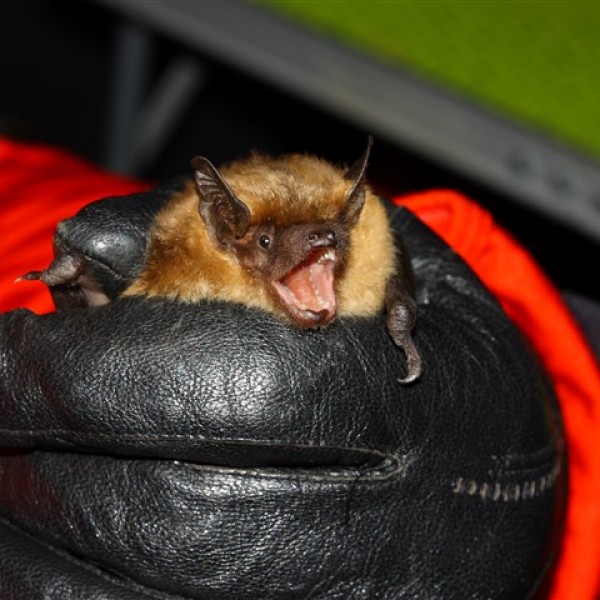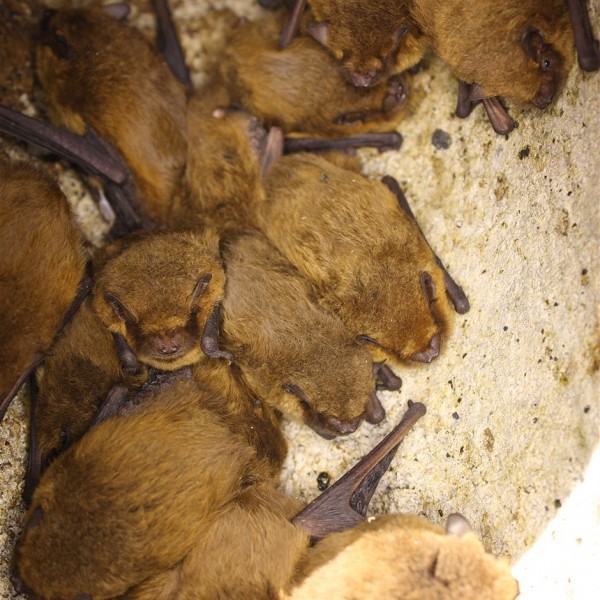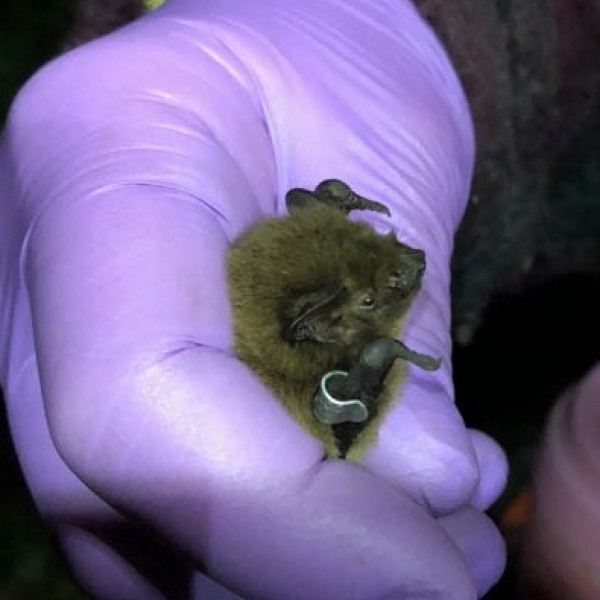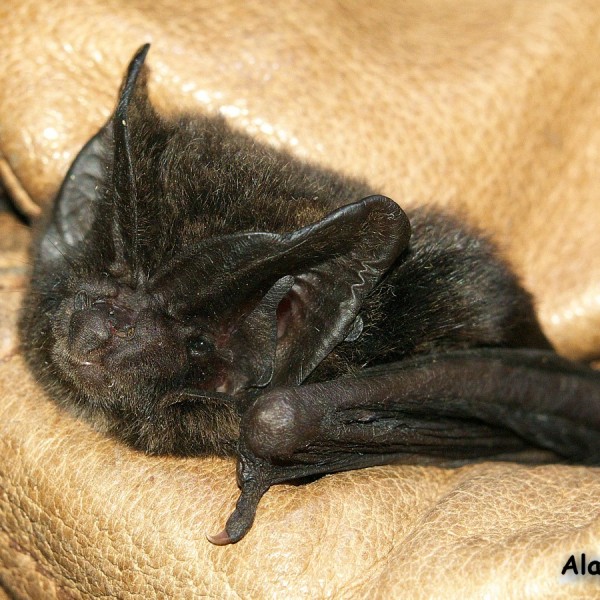The group maintains the county bat records database. It currently holds nearly 13000 individual records including details of over 1100 roost sites. The earliest record we have dates back to 1954, a noctule bat seen in Ashbourne by the renowned Derbyshire naturalist Kathleen Hollick, but the majority have been added since the formation of the group in 1984.
Geographically coverage is very uneven, with over 50% of the 1km squares in the county still having no bat records, so there is plenty of potential for citizen scientists to add to our knowledge of these fascinating mammals. We welcome records from all observers including from commercial surveys undertaken in Derbyshire, in order to improve our understanding of species’ distribution and help us protect bats and their habitats. Members are encouraged to borrow one of the group’s detectors which can be used in a fixed location or for transects.
In addition to providing a baseline against which changes in distribution can be mapped, the database is an important conservation resource, enabling roosts, hibernacula, mating sites and significant foraging areas to be identified and protected during development planning.
